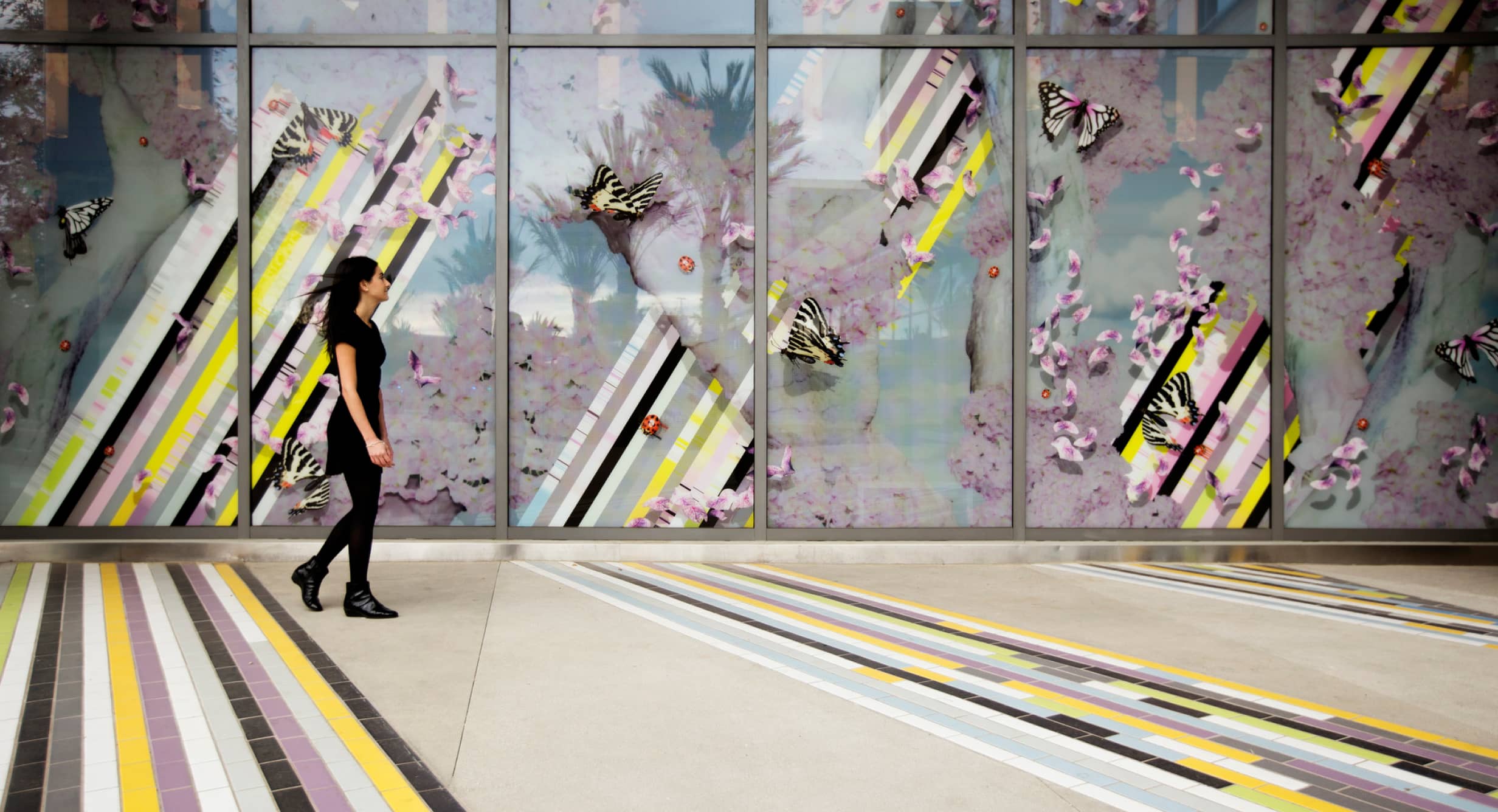
New Design Trends in Behavioral Health
This story first appeared in the 2023 November/December Edition of Medical Construction & Design.
Now more than ever, the world is calling for compassionate care toward patients struggling with mental health conditions. Architectural interventions are key to this movement.
Interest in non-invasive de-escalation strategies is at an all-time high. As sensory therapies that support these strategies advance, behavioral health facilities have an increased need for sensory rooms. Spaces to support evolving interventional psychiatry platforms and treatments are increasingly important, as well. And while providers continue to grapple with staffing challenges, they are realizing an ancillary benefit of sustainable design: operational savings they can re-allocate towards attracting and retaining qualified staff.
Sensory Therapies
It is increasingly clear that spaces designed to accommodate individual patients’ sensory needs are critical in behavioral health facilities. In addition to treating sensory disorders, environments designed to help physicians understand and address patients’ sensory challenges can help diagnose other, potentially hidden, conditions.
At HKS, our team of designers and researchers works closely with psychiatrists and occupational therapists to create custom-designed sensory room solutions for pediatric, adult and geriatric populations. Examples include the sensory well-being hub at Lane Tech High School in Chicago, a pro-bono project to help students with learning differences independently de-escalate and self-regulate.
We have developed high-fidelity physical mock-ups and prototypes with custom-curated sensory tools and design features that can personalize the patient experience. These include tactile features, projected imagery, sounds and smells to support patients’ emotional management and improve their daily sensory processing.

For example, we have researched and created spaces for patients to explore healthy ways to experience self-induced and externally generated forces during treatment for vestibular system dysfunction – a disturbance in the body’s balance system. These spaces include features such as slides, swings and workout equipment. Mirrors and video monitoring enable a broader care team to provide feedback on symptoms such as head tilting or eye movement and track individuals’ progress over time.
The proprioception system is the body system that enables people to sense their own bodily movement, force and position. Many patients who experience proprioception disorders are largely unaware of the root cause of their challenges. They may be heedless of their own strength, have an unusually high pain threshold or fail to observe the personal space of others.
HKS sensory therapy prototypes have shown that patients struggling with proprioception can benefit from spaces that support deep pressure activities and resistance exercises with consistent intensity. These environments promote tranquility and mitigate patients’ desire to seek unhealthy sensory inputs elsewhere.

Interventional Psychiatry
Soothing spaces that incorporate virtual reality technology with TMS treatment are also on the rise. TMS treatment, which uses magnetic pulses to stimulate the brain, has been proven to render promising results for regulating dependence behaviors and treating trauma- and stressor-related disorders, such as post-traumatic stress disorder.
Design features such as dimmable lighting, comfortable recliners and en-suite bathrooms support the comfort and psychological safety of patients receiving TMS treatment. We provide cameras in the design of these rooms to augment staff observation and review.
Enhancing TMS therapy with virtual reality and ketamine infusions can help patients learn coping mechanisms that mitigate fear responses. Environments and tools that help people identify and move through stressors support cognitive longevity and stress resilience. This can help save the lives of people struggling with debilitating stress from anxiety disorders and obsessive-compulsive disorders.
Sustainable, Supportive Environments
Sustainable and resilient design is seeing a resurgence in behavioral health. In the U.S., this is due in part to the federal Inflation Reduction Act (IRA), which makes funding available for clean energy and climate mitigation and resilience measures. Care providers are thinking critically about the first and second costs of facility design and operations, especially as these costs relate to operational and staffing efficiency.
Staffing efficiency is an ongoing concern in behavioral health. Providers are recognizing that sustainable facilities help reduce ongoing operational costs, freeing resources for staffing and staff retention.

HKS is employing several sustainable and resilient design strategies on current behavioral health projects. Our design for Permian Basin Mental Health Hospital in Midland, Texas, for example, features rainwater harvesting. The design also enhances electrical efficiency to reduce load demand and operational costs. The 158,000-square-foot comprehensive behavioral health campus for adults and adolescents is scheduled to open in October 2025.
Other recent HKS projects demonstrate how behavioral health clients are increasingly prioritizing staff well-being. BasePoint Academy opened new facilities for outpatient adolescent mental health and substance abuse treatment in Arlington, Texas and McKinney, Texas this year. During the design of the new facilities, BasePoint leadership expressed to HKS that staff spaces were a top concern because happy, quality staff lead to better patient outcomes. The BasePoint facilities feature vibrant colors and large, comfortable offices and staff lounges. BasePoint reported that since the new sites opened, the organization has had no trouble attracting top-notch staff.
Sustainable and resilient design is seeing a resurgence in behavioral health… Care providers are thinking critically about the first and second costs of facility design and operations, especially as these costs relate to operational and staffing efficiency.
Evolution of Care
The built environment is integral to advances in behavioral health care. As care platforms, treatment, technology and equipment progress, designs to support care delivery are moving forward, as well.
